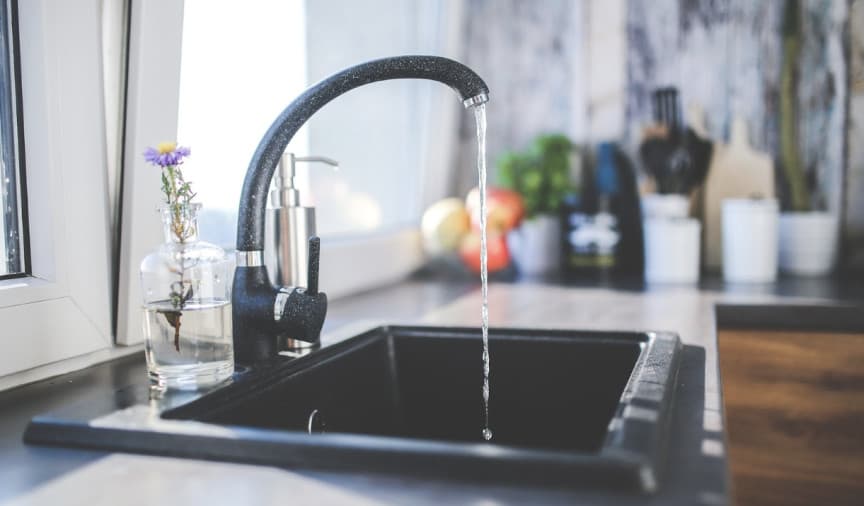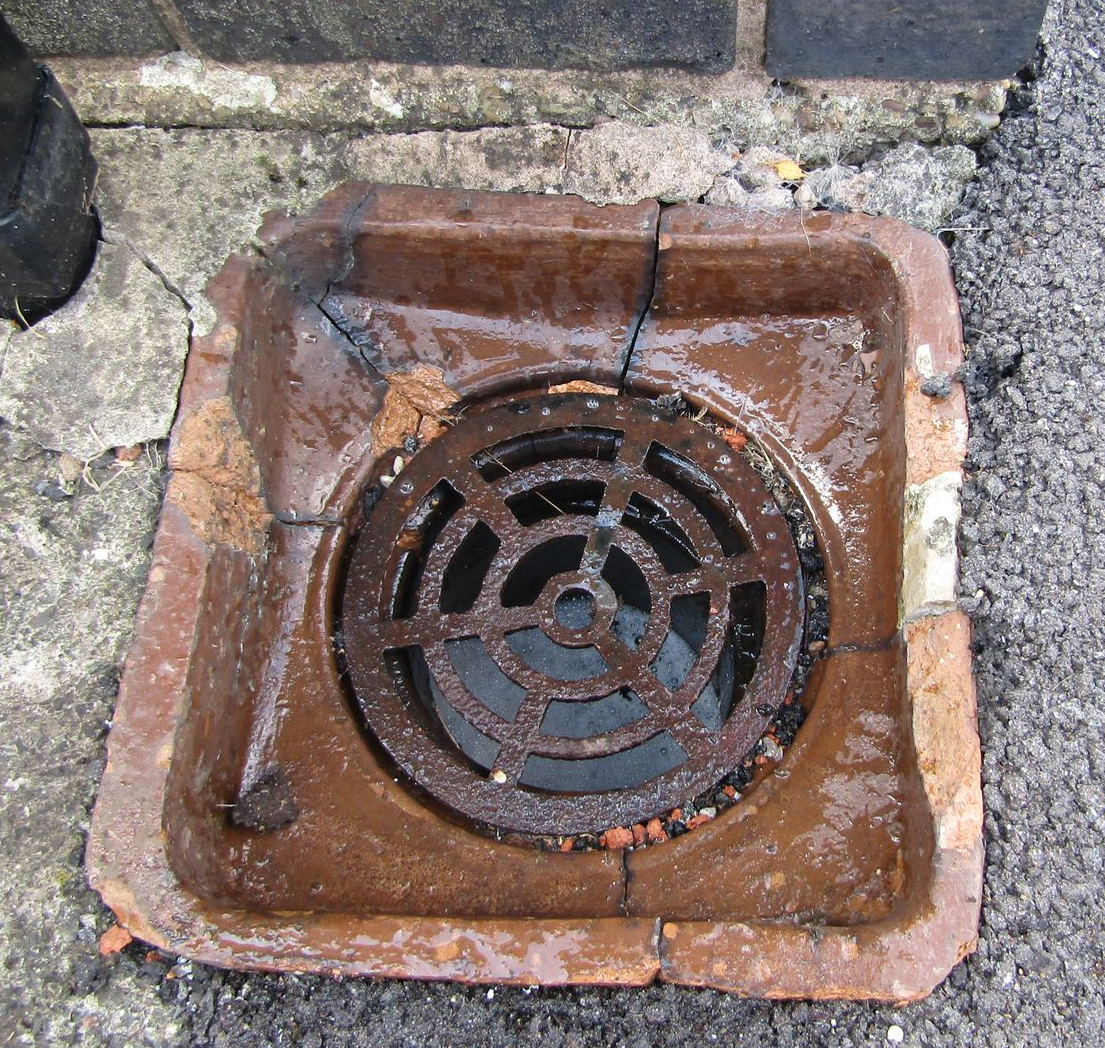Methods for Handling a Blocked Drain Before Calling Expert Help
Methods for Handling a Blocked Drain Before Calling Expert Help
Blog Article
Do you find yourself on the lookout for related information on 8 Tips For Clearing A Blocked Drain?

Intro
Managing a blocked drainpipe can be a discouraging experience, disrupting everyday tasks and potentially triggering damages to your residential or commercial property. Nevertheless, prior to connecting to pipes experts, there are actions you can take to deal with the concern yourself. In this guide, we'll explore DIY remedies and safety nets to tackle an obstructed drainpipe successfully.
Recognizing the Concern
The first step in dealing with an obstructed drain is identifying the indications. Sluggish drain, gurgling audios, foul odors emanating from drains, or water backing up are common signs of a blocked drain. Identifying these signs early can aid avoid better difficulties.
Typical Causes of Blocked Drains
Comprehending the factors that add to drain pipes clogs is necessary for effective resolution. Usual perpetrators include hair, soap residue, grease, food particles, and foreign things like sanitary items or paper towels. Tree origins invading underground pipelines can also cause substantial obstructions.
Do it yourself Solutions
For small clogs, several do it yourself options can be reliable. Pouring boiling water down the drainpipe can help liquify oil and particles. Sodium bicarbonate and vinegar or a mixture of salt and baking soft drink can serve as all-natural cleansers. Using a plunger or plumbing snake to displace obstructions is one more choice.
Tools and Devices
Having the right devices on hand can make DIY drainpipe cleaning up more reliable. A bettor is a versatile tool for getting rid of blockages in sinks, bathrooms, and showers. A pipes serpent or auger can get to deeper blockages, while drainpipe cleansing chemicals can be utilized cautiously for persistent blockages.
Preventive Measures
To avoid future blockages, embracing preventive measures is crucial. Mount drainpipe guards or strainers to capture hair and particles before they go into the pipelines. On a regular basis flush drains with hot water to liquify grease build-up, and avoid disposing of grease or strong waste away.
When to Call an Expert
While DIY solutions can solve small clogs, certain signs suggest the demand for specialist support. Consistent clogs, foul odors in spite of cleansing initiatives, or numerous drains backing up all at once are warnings that require expert treatment.
Selecting the Right Pipes Solution
When picking a plumbing service, consider factors such as experience, licensing, and consumer reviews. Pick a trustworthy plumbing technician with a performance history of top quality handiwork and transparent prices methods.
Expense Considerations
The price of expert drainpipe cleaning services can vary depending upon the seriousness of the obstruction and the plumbing professional's rates. Request quotes from multiple providers and ask about any kind of service charges to ensure openness and prevent shocks.
Safety Precautions
When trying do it yourself drain cleansing, focus on safety and security. Wear safety handwear covers and eyeglasses to avoid contact with damaging chemicals or bacteria. Never blend various drainpipe cleaning products, as this can create dangerous fumes.
Case Studies
Real-life instances illustrate the efficiency of DIY services and the value of timely specialist intervention in settling drainpipe blockages.
Conclusion
By following the suggestions laid out in this overview, you can effectively tackle blocked drains and prevent future plumbing problems. Whether choosing do it yourself solutions or seeking professional support, prompt activity is vital to maintaining a healthy and balanced pipes system and maintaining the integrity of your home.
How to Clear a Clogged Drain Yourself (And When to Call In the Professionals)
What Can Clog a Drain
Dirt Skin flakes Hair Grease Soap scum Food Offset pipes Tree roots Small objects Mineral buildup DIY Tricks to Unclog a Drain
You can fix this! Once you have identified the source of the clog (or have a vague idea), you can try one or a combination of these fixes in order to clear your plumbing.
Wire Hanger or Snake
Untangle and clear out hair from a drainpipe with a homemade snake. Use a straightened-out wire hanger with a 90-degree angle hook to locate the clog and drag out any unwanted material.
Remember not to push the clog further down to where the wire hanger cannot reach! If you need to follow up with a plunger, give it a try. Your efforts might be more successful after it’s been wire-snaked.
If you want to get fancy and don’t have a wire hanger to spare, head to the store and pick up a hand-operated drain snake. You can get one for $10-$30. It may save you the hassle, and provide additional length to reach deep into the clogged pipe.
Plunger
A cup plunger has a suction cup attached to a wooden handle. The rubber creates a seal around the drain, and increases the pressure force of the plunger.
Plunge for 30-second increments to loosen the clog. This may need to be repeated over the course of 15-20 minutes. Once plunged, run the water to flush the remaining material out of the drain.
Remember– never use a plunger if you have used a chemical drain cleaner. These chemicals can splash up from the force of the plunger and cause serious injury or burns.
Boiling Water
Hot water can sometimes break up materials into a flushable amount. Dirt, grease, and soap buildup requires heat in order to unstick from surfaces.
Take your kitchen kettle and heat your water to a boil. Once it reaches a rolling boil, pour it directly down the drain into the blockage. Carefully follow with plunging, if necessary.
Don’t worry if this takes more than one try! It can often take multiple kettles and repeated plunging in order to clear a particularly stubborn clog.
Chemical Drain Cleaner
As a last resort, pick up a bottle of chemical drain cleaner. Drain-cleaning chemicals are potent, and not very good for the environment.
You may need to wear protective eyewear in gloves before handling your bottle of chemical drain cleaner. Follow the instructions printed on the bottle, and flush with water as soon as the instructions allow. Do not follow with plunging.
Baking Soda and Vinegar
As a safer alternative to chemical drain cleaner, baking soda and vinegar can create a chemical reaction that clears tough clogs.
Combine one cup of cleaning vinegar with one cup of boiling water, and set aside. Once you have done this, pour half a cup of baking soda down the drain. Give the baking thirty seconds to settle and cover a large portion of the problem drain.
Following the baking soda, pour down your vinegar and hot water solution. Once the vinegar and baking soda combine, the mixture will bubble and fix. Let this reaction fizzle in the drain for about an hour.
After an hour, follow with a kettle’s worth of hot water. The heat and liquid should flush out any remaining material.
When to Call a Plumber
If your DIY attempts haven’t cleared your clog drain, it’s time to call in a professional. It’s not worth losing access to your kitchen sink or high-traffic bathroom. A clog in a vital area can keep you from the things you’d rather be doing, and derail your routine.
Anytime a clog is causing water to spread is a time to call in a plumbing service. What starts out as a little bit of water can quickly grow into serious, expensive water damage.
Additionally, a serious clog can result in burst pipes or serious leaks. Make sure you know when to take it seriously!
https://myguysnow.com/how-to-clear-a-clogged-drain-yourself-and-when-to-call-in-the-professionals/

I discovered that blog entry about Some easy tips to fix blocked drains while perusing the internet. So long as you enjoyed reading our page plz remember to share it. Thank-you for your time spent reading it.
Get Offer Report this page